Daily Care Notes : a Guide with Template
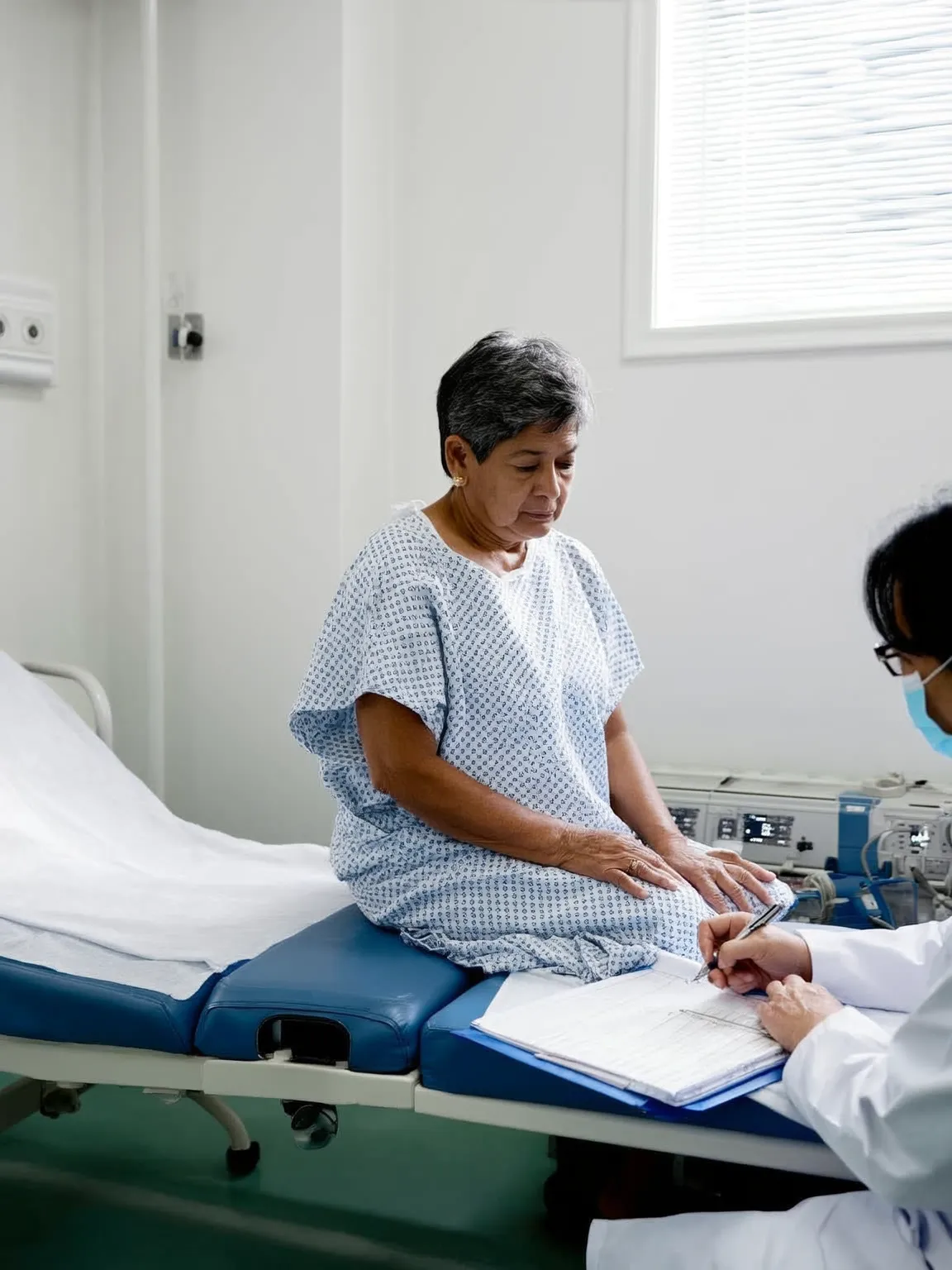
Get the work done for any meeting
Meeting transcription, AI custom notes, CRM/ATS integration, and more
You’ve supported meals, medication, mobility, and conversations - but before you can rest, there’s one more thing on your list: the daily care notes.
Writing them at the end of a long day can feel like another task pulling you away from what matters most: caring for people.
In this article, you’ll find everything you need to make them easier and more effective:
What are daily care notes and why you should always do one
Daily care notes are structured, written records of all relevant events, support actions, and observations concerning an individual’s well-being and care over a given shift or day. These notes should go beyond “resident did breakfast” to document changes in mood, behaviour, health, and interactions.
Why should you make daily care notes a non-negotiable part of your workflow? Here are the key reasons:
1. Continuity of care & team communication
Care is rarely a one-person job. Different carers, shifts, supervisors and external professionals may all interact with the same person. Daily care notes act as a shared “hand-over” document so that everyone is aligned: what happened, what changed, what needs attention. lA note not done or done poorly means the next caregiver may begin with a blind spot — and important changes (e.g., mood, appetite, mobility) may go unnoticed.
2. Early detection of changes & personalised care
One of the most powerful reasons to keep daily care notes is that they help you spot patterns. A shift in eating habits, a new bruise, increased confusion — those details matter. Without daily documentation, small red flags are lost. For you, this means the ability to act proactively rather than reacting after the fact.
3. Legal compliance, quality assurance & audit trail
In many care settings (elderly care, disability support, home care), daily care notes are not optional — they’re a regulatory requirement.They serve as proof of what was done, by whom, and when. In the case of incidents or oversight visits, your notes may be reviewed as part of investigation or audit. Poor or missing records can create liability and risk.
4. Supports informed decision-making
Care plans evolve. If you rely on memory or verbal hand-over only, details get lost. Good daily care notes feed into assessment meetings, reviews of support plans, and goal tracking. They give you and your team reliable input to adjust care as needed — for example, changing routines, medication discussions, or referral to other services.
5. Builds trust with families and stakeholders
Families, guardians or external stakeholders often want transparency. When daily care notes are clear, consistent and accessible, you provide a visible record of your work. That enhances trust and reinforces your professionalism.
Structure & Example of Daily Care Notes
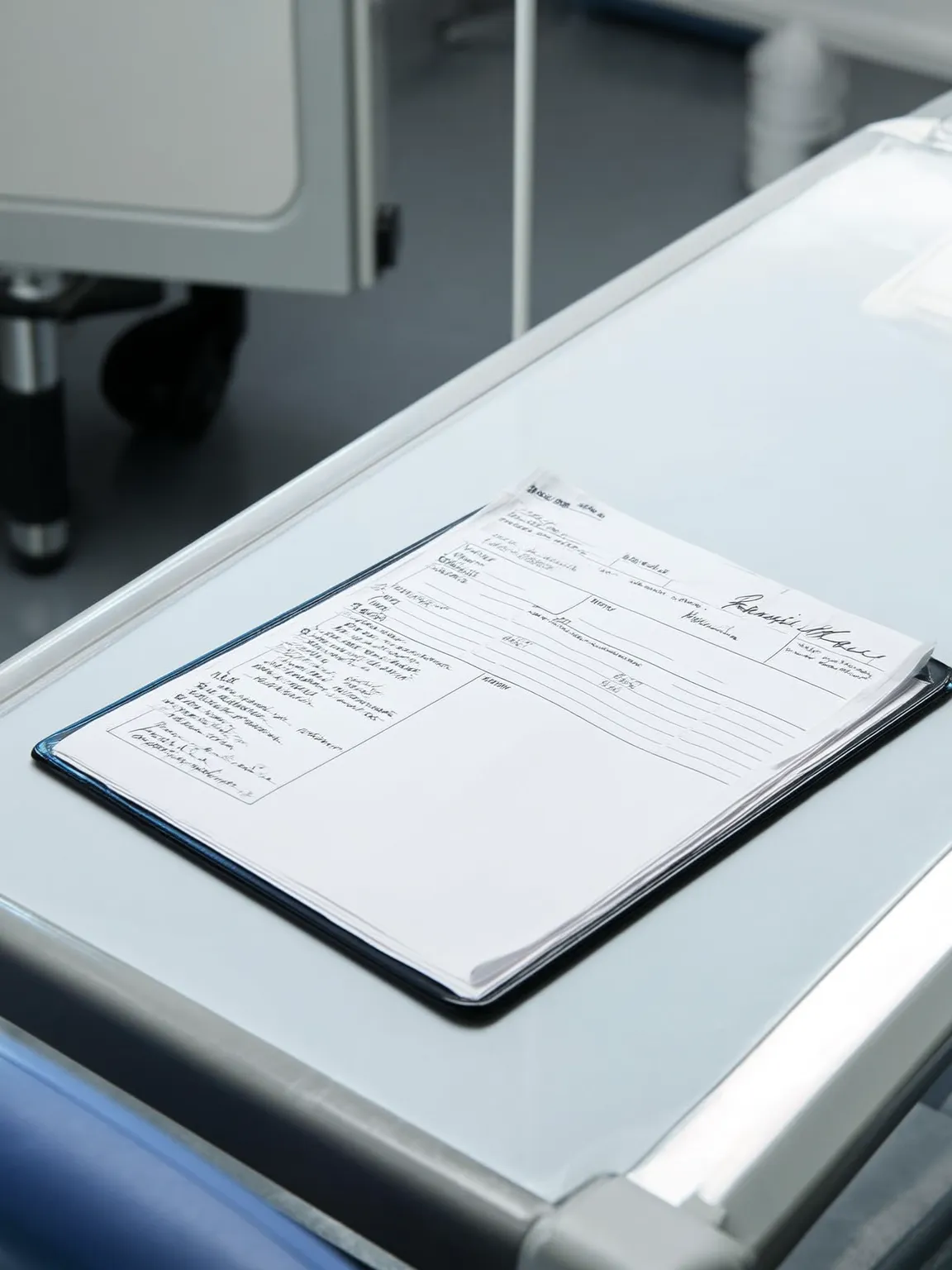
A solid daily care note should cover these fundamentals:
- Date, time, name of the person cared for, and name of the caregiver. Without that, the note lacks identification.
- What the person did: e.g., meals eaten, mobility/ambulation, interactions, mood, any daily activities.
- What care was given: e.g., assistance with shower/dressing, medication administered, equipment used, observations.
- How the person responded or changed: Did they struggle with an activity? Was there improved appetite? Did mood shift?
- Any deviations or incidents: Falls, bruises, behavioural changes, equipment issues, visitor interactions. These must be noted clearly.
- Next steps or follow-up actions: If you notice something that needs monitoring or a change in the care plan should be considered, flag it. While many templates focus on the factual day-to-day, the best notes lean into what should happen next.
- Clear, objective language: Use active voice (e.g., “I assisted John with his shower at 9:15 am” rather than “shower done”), avoid vague terms, avoid jargon or ambiguous abbreviations.
Good example:
2025-10-26, 08:30 – 10:00 | Client: Mrs Smith | Carer: A. Johnson
Mrs Smith ate porridge and a banana for breakfast (finished full bowl). Assisted with shower (used grab-rails; no refusal) and dressing; she chose her red blouse. After the shower she commented that her legs felt “stiff” and we carried out 5 minutes of gentle leg stretches. At 10:00 am she was seated in the lounge, engaged in reading the newspaper and smiled at a photo of her grandchildren. No bruises or falls observed. Blood pressure 132/78. Next: Monitor leg stiffness during afternoon walk, and check if stretching reduces it.
This one is effective because it includes time, names, what was done, how the person responded, measurable data, mood/interaction, and next steps.
Poor example:
2025-10-26 10 am – Mrs Smith up, shower done, good.
This note lacks details: no caregiver name, no specifics about meals or how the person responded, no follow-up or context. It fails as a hand-over or accountability document. Birdie’s blog lists similar “bad note” examples.
Professionnal Best Practices
- Write promptly: Recording notes soon after the shift ensures accuracy and reduces missing details.
- Stick to facts, not interpretations: Use objective observations (“Client walked with a cane for 50 m”) rather than opinions (“Client seemed lazy”).
- Consistency in structure: Whether following SOAP, DAR, narrative or another format, consistency helps your team read and use the notes. LogMyCare recommends formats like SOAP.
- Clear hand-over value: Structure the note so the next caregiver picks up easily—what was done, how, how they responded, what to watch.
- Avoid vague or incomplete entries: One guidance reads: “If it wasn’t documented, it didn’t happen.”
Daily Care Notes Template
Here’s a ready-to-use template you can copy, paste and personalise for your setting (home care, nursing home, supported living). Use it in Word, Google Docs, or your preferred digital/paper system — then tailor the fields to match your own routines and goals.
Daily Care Note
Date: _________ Shift / Time: _________
Service User Name: _________ Carer / Support Worker Name: _________
Location / Unit: _________ Session Duration: _________
1. Activities & Support Provided
- Attendance / Engagement: ___________________________________________
- Personal care (e.g., shower, dressing): ______________________________
- Mobility / Physical activity: ______________________________________
- Meals & Drinks (what, how much / any issues): _______________________
- Social / Leisure activity: _________________________________________
2. Observation / Person’s Response
- Mood / Behaviour: _______________________________________________
- Communication / Interaction (with others): _________________________
- Physical state (skin, mobility, pain, fatigue): ________________________
- Cognitive / Mental state (alertness, memory, mood changes): ___________
- Medication / Treatment effects (name, dose, reaction): ________________
3. Incidents / Significant Changes
- Falls, bruises, skin breakdown: __________________________________
- Visitors / External contact: _______________________________________
- Equipment or environment issues: _________________________________
- Changes in person’s condition needing review: _______________________
4. Next Steps / Monitoring / Follow-Up
- Immediate actions required: _____________________________________
- Items to monitor (mobility, appetite, sleep, mood): __________________
- Referral / Care-plan review needed by: _____________________________
- Person-centred goal or note for next shift: __________________________
5. Signature
Carer: _________ Time: _________
Supervisor (if applicable): _________ Time: _________
Automated Care Notes: Noota
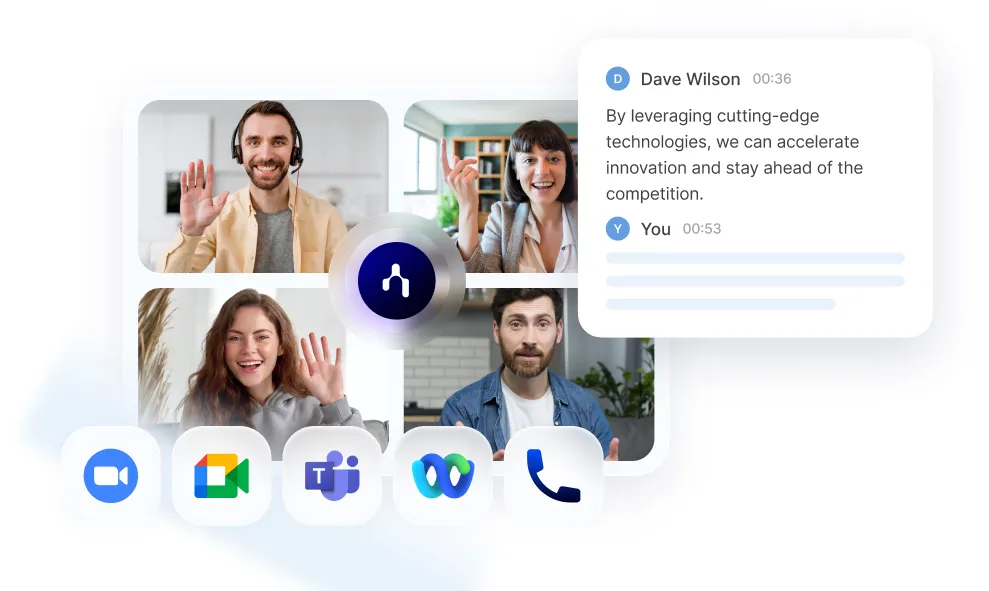
If writing daily care notes feels like a chore—and you’d rather focus on providing care than documenting it—automating that process can be a big win. Noota is one tool that takes that burden off your shoulders and gives you meaningful, usable notes without the heavy lifting.
- Records & transcribes the conversation or interaction in real time—whether it happens in person, by phone or in a video call.
- Turns that transcript into structured summaries, extracting key moments, decisions, next steps, and insights you can act on.
- Makes everything searchable, accessible and archivably tied into your systems (CRMs, project tools) so nothing gets lost or buried.
For a care environment, this means that instead of you scrambling to write down what happened in the shift, the assistant captures it and presents you with the essentials.
Want to automate your note taking by recording your conversations ? Try Noota for free Now.
Get the work done for any meeting
Meeting transcription, AI custom notes, CRM/ATS integration, and more
Related articles
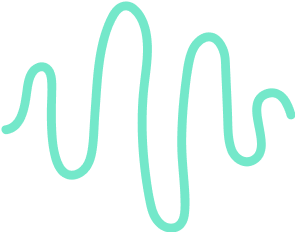
Forget note-taking and
try Noota now
FAQ
In the first case, you can directly activate recording as soon as you join a videoconference.
In the second case, you can add a bot to your videoconference, which will record everything.
Noota also enables you to translate your files into over 30 languages.

.svg)
.svg)
.webp)
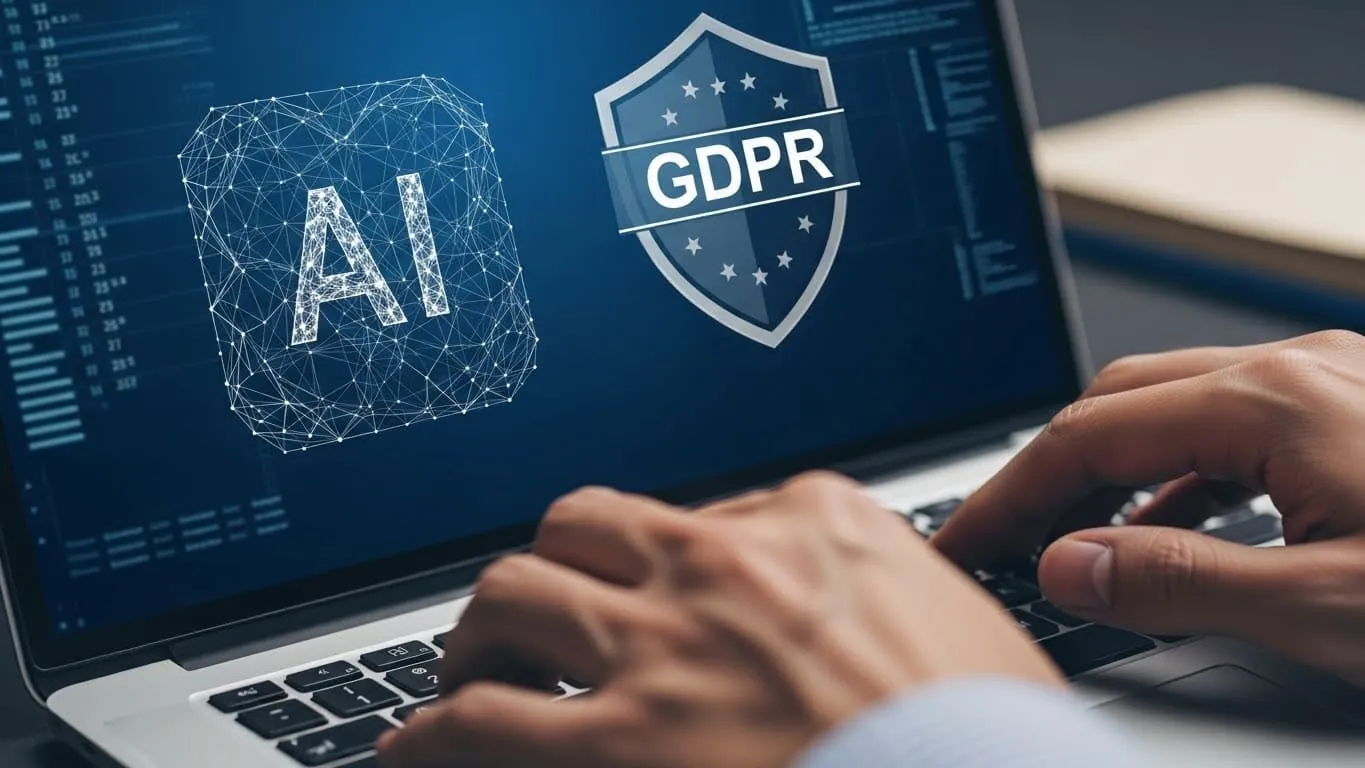
.png)

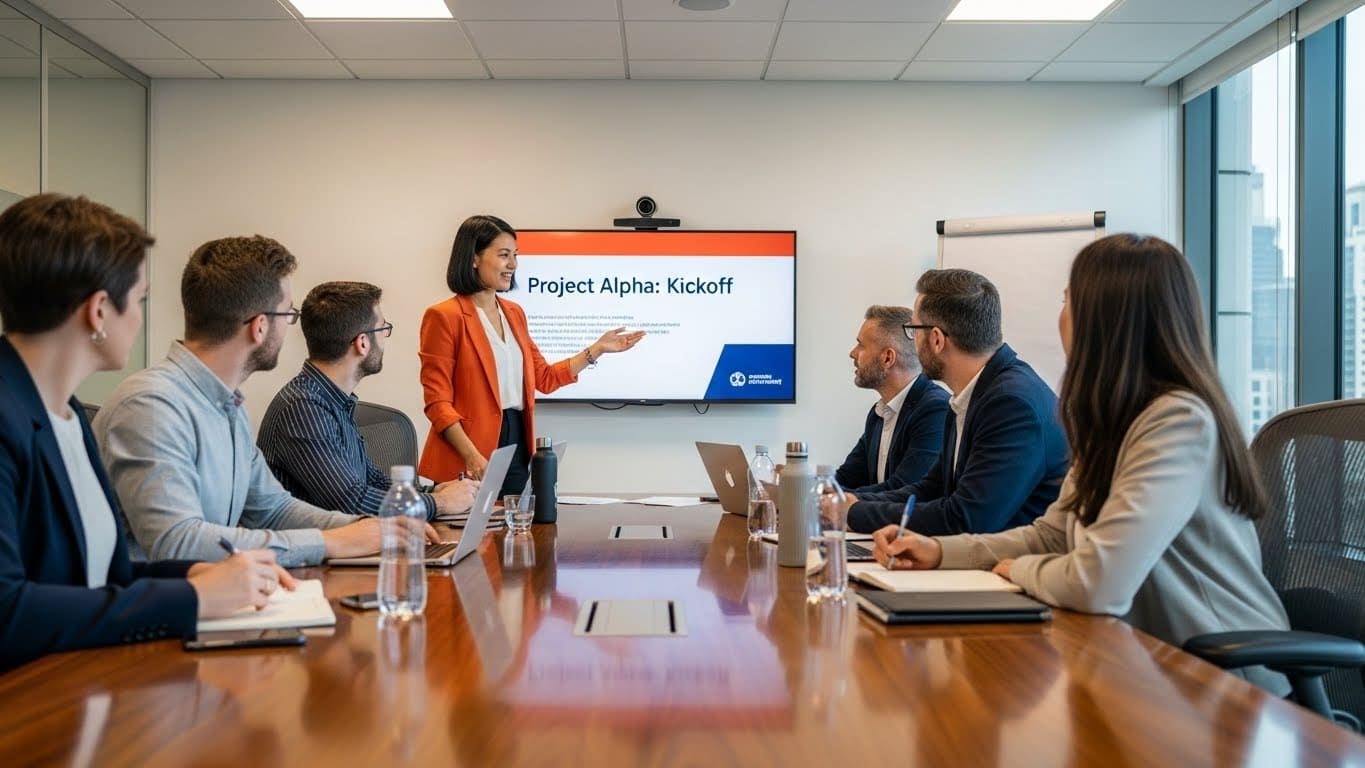
.svg)
